Despite one being over 500-years-old and one being just a few decades old, Sikhi and MMA is about as natural a relationship as Sikhi and meditation or Sikhi and charity work.
From the time Guru Angad Dev Ji Maharaj implemented wrestling practice into the daily community routine, to when Guru Hargobind Sahib Ji Maharaj had Sikhs learn shastar vidya (weaponry use/teachings), learning a mix of martial-arts was clearly advocated by the Sikh Gurus Themselves.
Fast forward centuries and Mixed Martial-Arts (MMA) is today one of the most popular sports in the world, platforming real modern day warriors that compete as fiercely and with as much heart as any of history’s gladiators. But where are the Sikhs on this platform?
Enter Lions MMA. Since the early 2000s Lions MMA have been setting up gyms across the UK to train people in Mixed Martial-Arts within a Sikh ethos. With over a dozen clubs across the country, Lions MMA are slowly creating an army of warriors with an attachment to the Sikh philosophy.

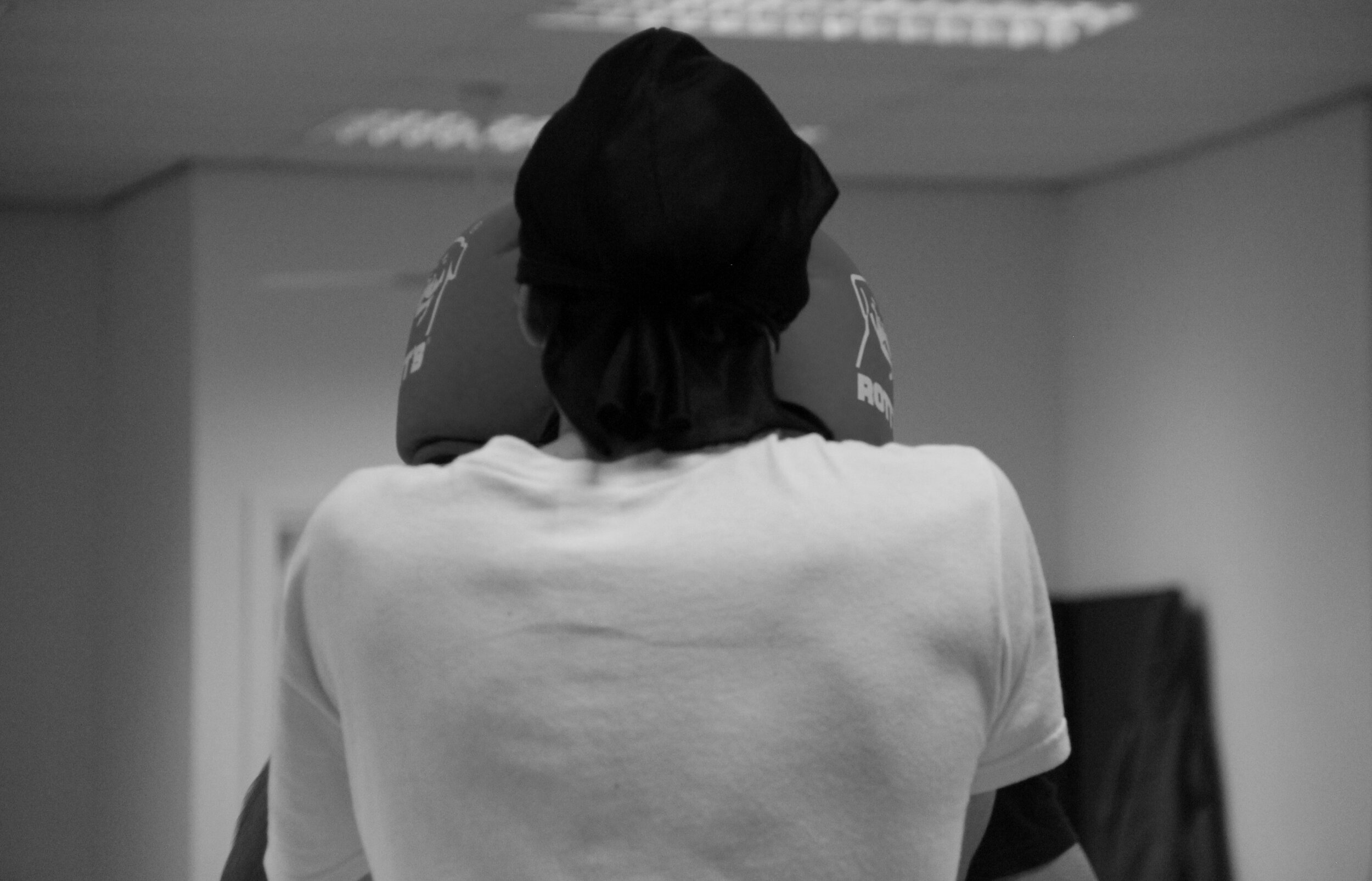

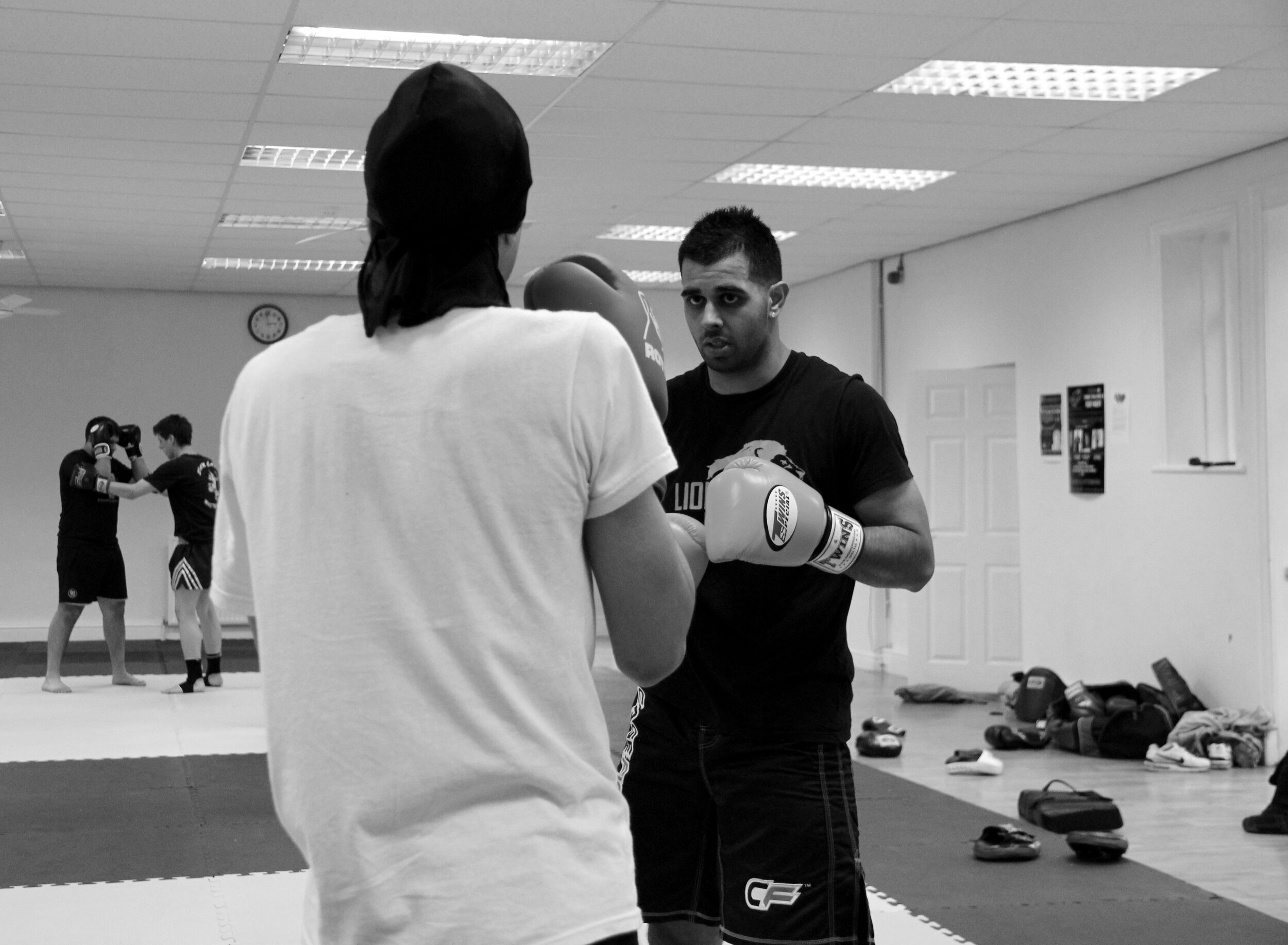
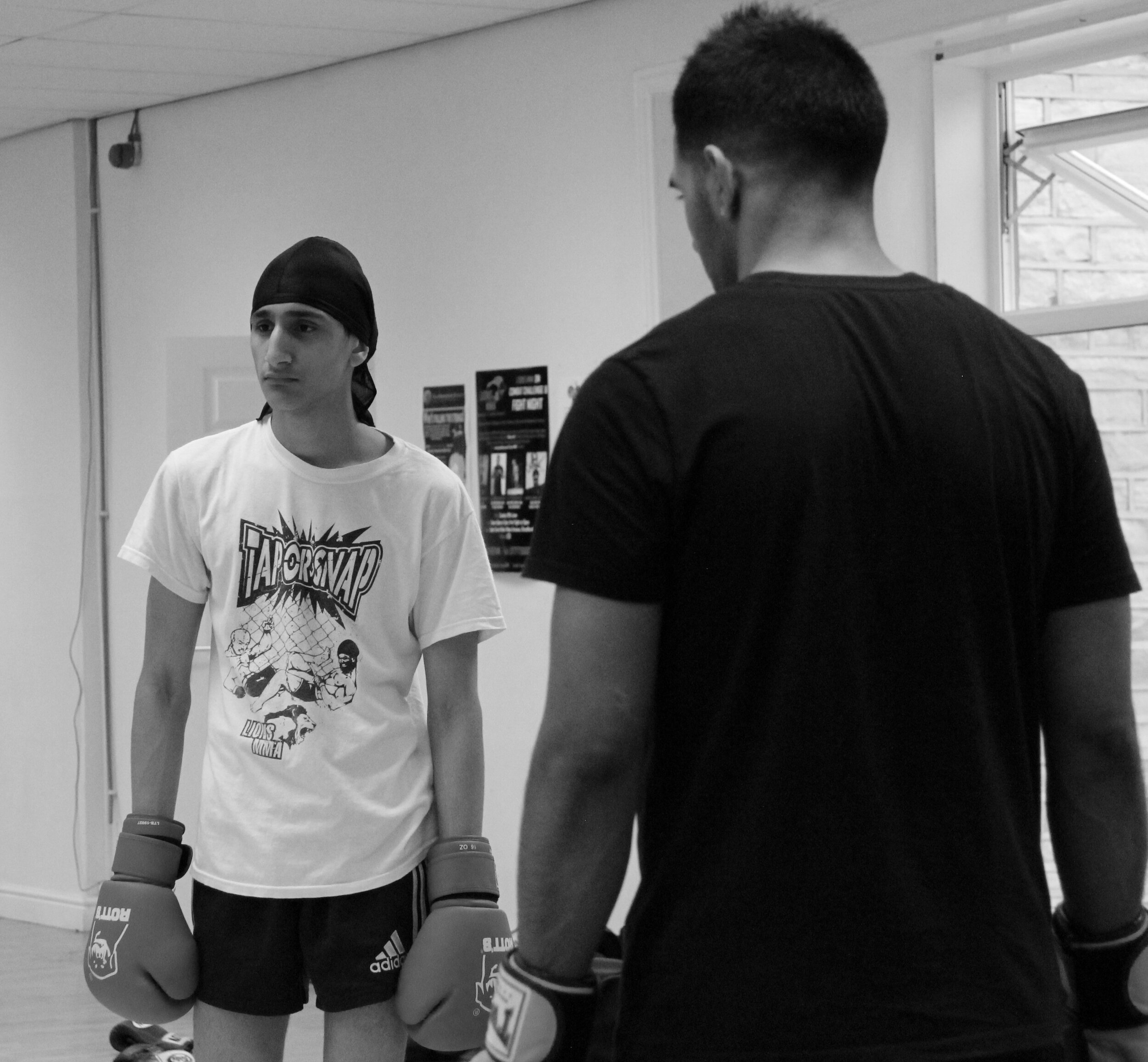
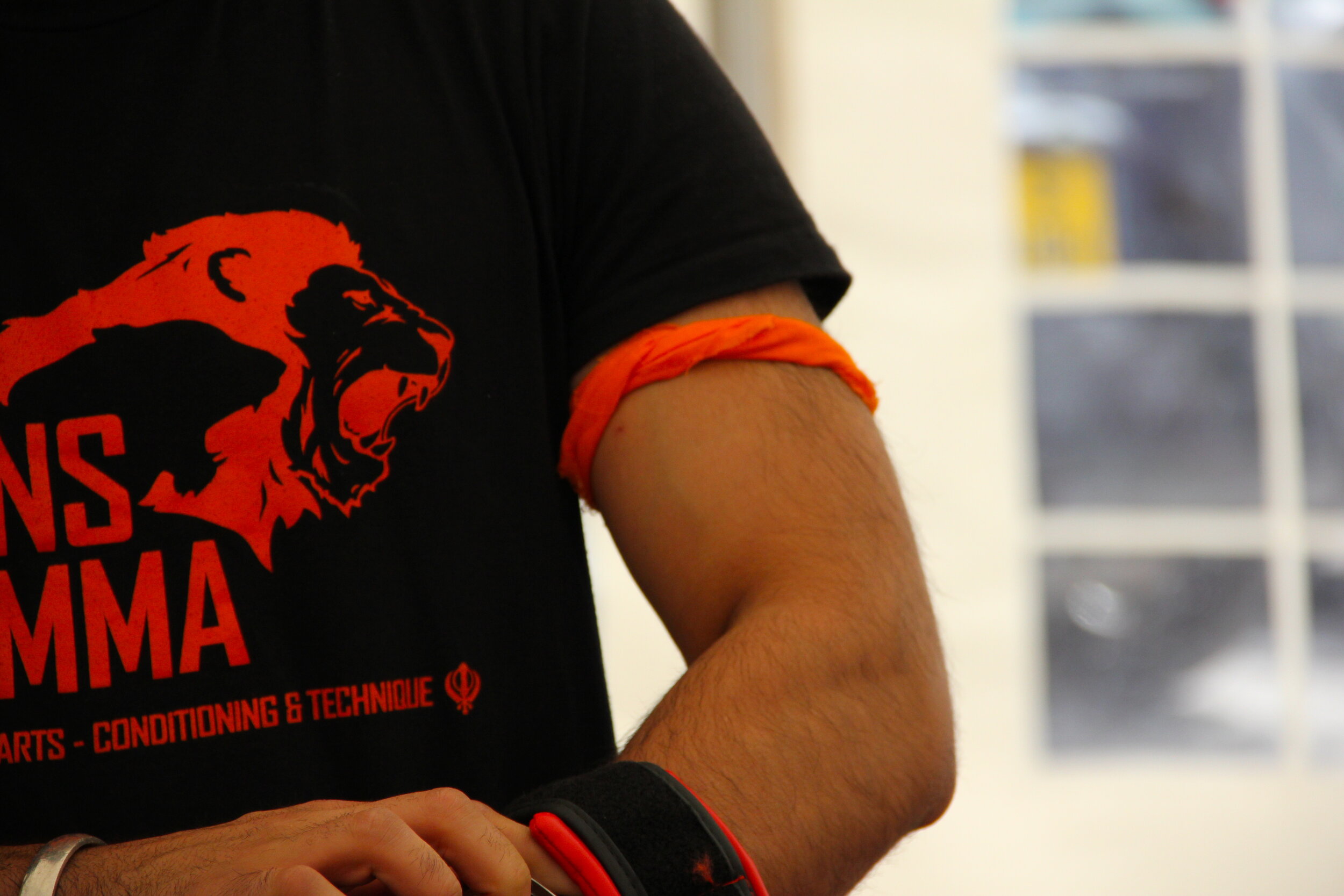
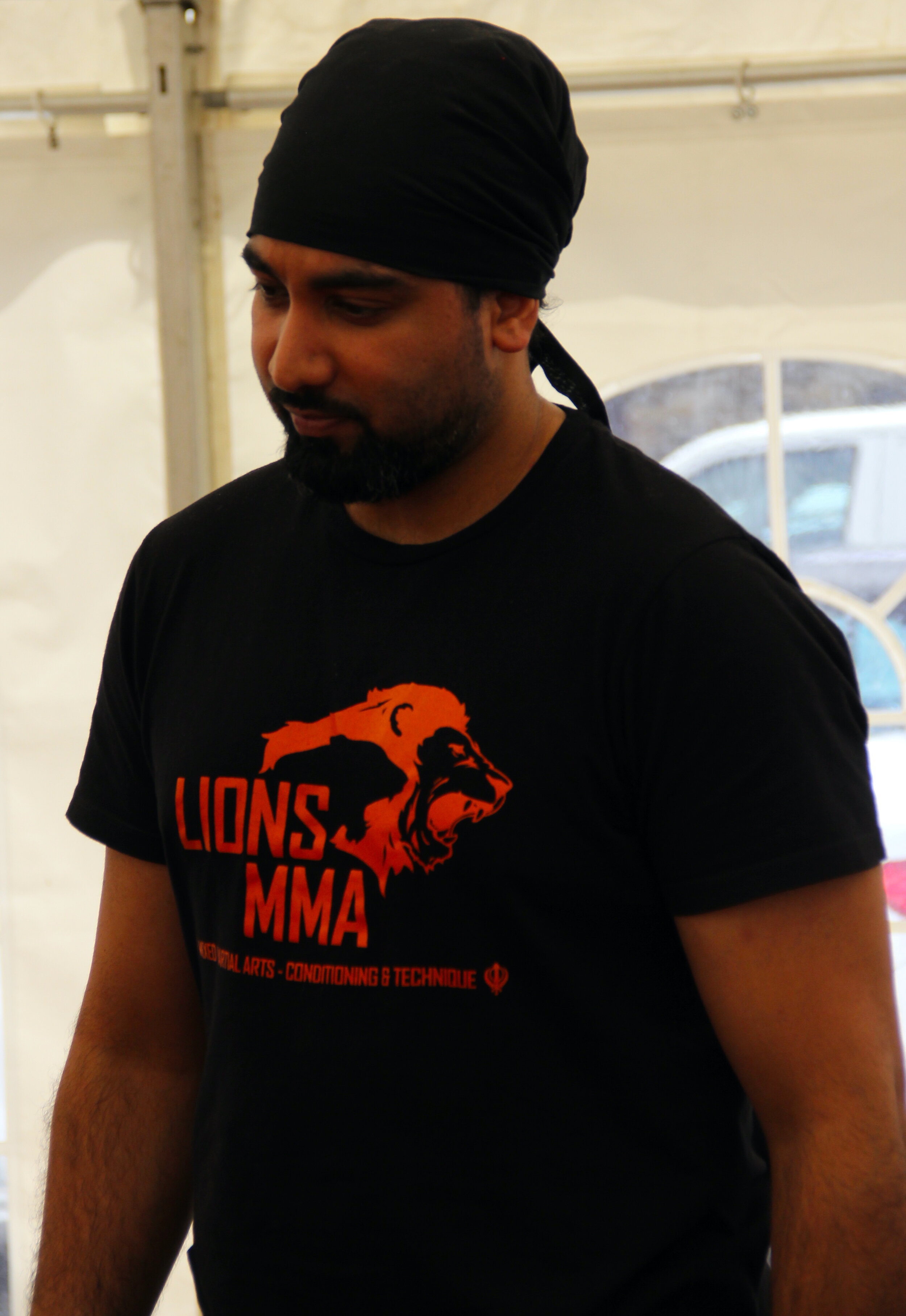

Discipline, focus, courage, humility…martial-arts is a path towards a multitude of characteristics necessary for the Sikh path. To be Sikh is to mould yourself into a Sant-Sipahi (Saint-Soldier), mandating that Sikhs recognise the saintly qualities obtainable through martial training.
This is the role Lions MMA is playing for Sikhs and many others. And this is a glimpse into the world of Lions MMA…
Words: Jasveer Singh
Twitter: @JazzTheJourno

























